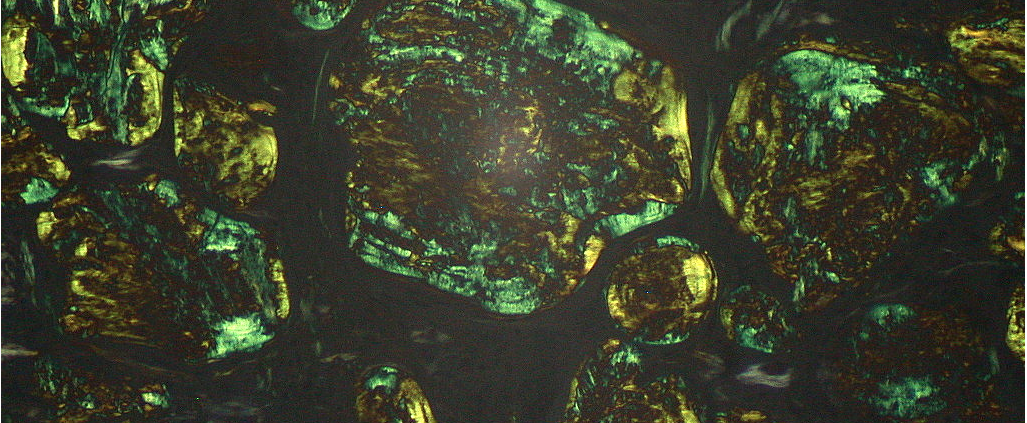New Scientist
Image: euthman
Amyloid plaques, a hallmark of diseases like Alzheimer’s, are bad news for humans – but they could have been drivers of the earliest life on Earth. A new study shows that these amyloid clusters can behave as catalysts, backing a theory that they helped trigger the reactions that sustain life, long before modern enzymes appeared.
Without enzymes, life’s metabolic reactions simply wouldn’t occur. But making enzymes from scratch isn’t easy. They are normally large, complicated proteins folded into a specific three-dimensional shape. It’s difficult to see how these large proteins could have popped out of the primordial soup fully formed.
Even if they did, nature faced another problem. There are 20 naturally occurring amino acids, which are the building blocks for all proteins, and each enzyme is made up of a unique sequence of at least 100 amino acids. This means there is a mind-bogglingly vast number – 20^100 – of possible enzymes, each with a different amino acid sequence and a slightly different 3D structure.
But very few of these 3D structures will work effectively as enzymes because they have to be an exact fit for the substrate they react with – in the same way that a lock can only be opened by one particular key. Even with millions of years to work at the problem, says Ivan Korendovych at Syracuse University in New York, nature would have struggled to build and test all possible enzyme molecules to identify the relatively few that catalyse today’s metabolic reactions. Korendovych’s latest research points to amyloids as a potential solution. Read more on newscientist.com…








